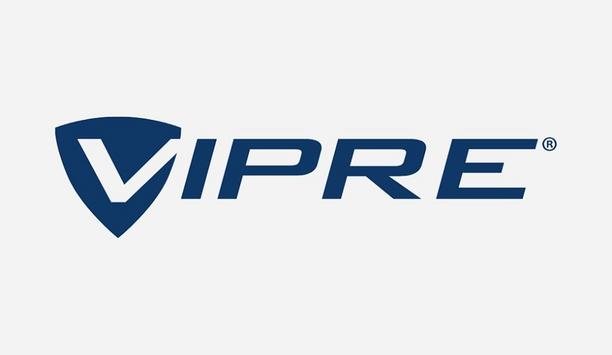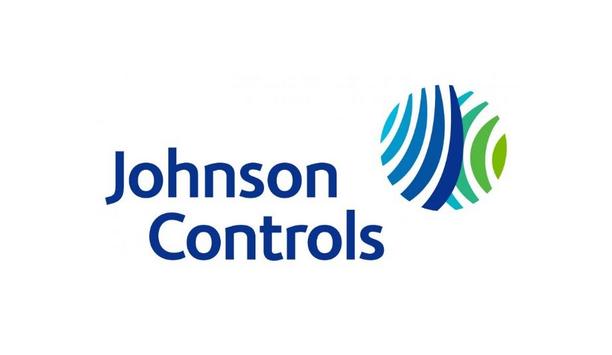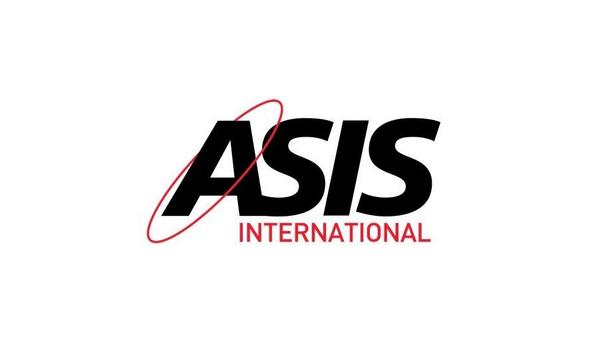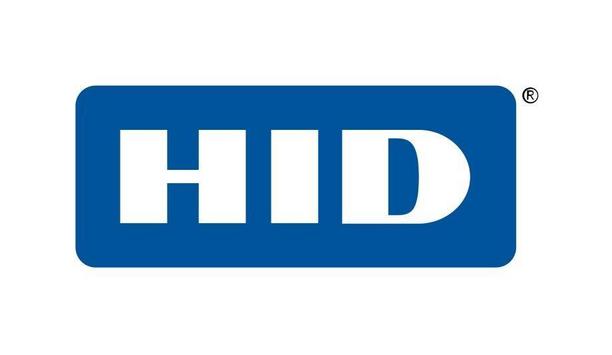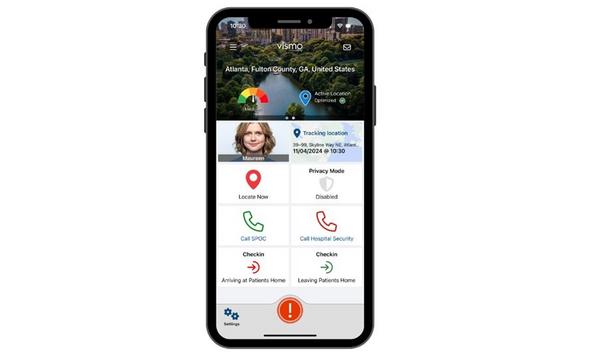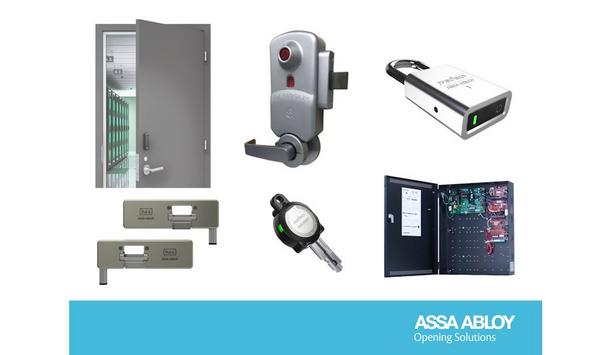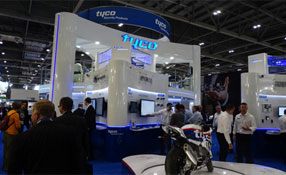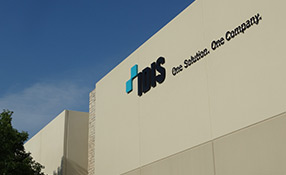Check out our recent interview with Scott Schafer at IFSEC 2015 here
Scott Schafer of Arecont Vision is outspoken about the limitations of standard resolution/VGA video cameras. The megapixel camera company’s Executive Vice President says standard resolution and analog video cameras are the “most toxic asset” at end user companies because they produce the least value for the money. Megapixel video cameras, like those made by Arecont Vision, are much more cost-effective, says Schafer, citing “cost-per-pixel” calculations that support the claim. He says Arecont Vision has sold “probably nearly 3 trillion pixels by now.”
Eliminating Manufacturing Costs
I had an opportunity recently to tour Arecont Vision’s Glendale, Calif., facilities. They were a pioneer in the use of CMOS sensors for video surveillance and an early adopter of H.264 video compression to lower bandwidth and video storage needs.
Miniaturization of electronics has enabled Arecont Vision to eliminate much of its manufacturing costs – and to assemble its cameras in a Glendale office building. The labor component of each camera is small – the parts go together fairly easily. Circuit boards used inside the cameras are assembled in another nearby facility in the Los Angeles area. Smaller electronics allow some cameras to operate using one circuit board instead of three, and the cameras now come in smaller form factors that reflect the change. Microdomes and other smaller camera formats provide the same functionality in smaller designs. Components such as lenses and day/night switchers come pre-assembled. Camera housings are imported.
Miniaturization of electronics has enabled Arecont Vision to eliminate much of its manufacturing costs – and to assemble its cameras in a Glendale office building |
Assembling its products in the United States avoids overseas shipping costs and minimum order quantities. More manufacturing flexibility enables Arecont Vision to build its cameras almost to order. If a big order comes in, the manufacturing operation can gear up on short notice to fill the order without interfering with day-to-day workflow.
Competing With The Best In Security Industry
Arecont Vision cameras that are “Made in the USA” compete successfully worldwide – even in China, the centre of manufacturing for the latest wave of lower-cost cameras. Throughout Beijing, a city-wide surveillance system uses 4,000 Arecont Vision 5-megapixel cameras to capture license plate numbers in multiple lanes of traffic, to enforce red lights, and to watch for jaywalkers. Twenty of Arecont Vision’s 20-megapixel cameras are installed around historic Tiananmen square.
The cameras are designed with backwards compatibility. The same circuit boards are used with multiple generations of a camera, so firmware upgrades can provide more up-to-date features, in effect, ”future-proofing” a customer’s investment. Field-programmable (FPGA) chips are used inside Arecont Vision cameras. The same basic architecture is used throughout the camera line, and firmware upgrades can add new functionality to existing cameras – even those that have already been installed.
Arecont Vision’s rapid growth reflects the use of their cameras all over the world in a host of applications |
“The reason we can do all these things is that we are more like a software company than a hardware company,” says Schafer. “That chip in the middle of that board is field-programmable. It’s a more expensive architecture.” It’s also easy to update firmware remotely. One customer updated 5,000 cameras to accommodate a change in their video management system (VMS), says Schafer.
Rapid Growth And Expansion
Arecont Vision’s rapid growth reflects the use of their cameras all over the world in a host of applications, including data centers, retail, banking, universities, healthcare and government – and many Fortune 500 companies. Performance of megapixel cameras excels in big open spaces, whether a large auto dealership, a campus courtyard or a university auditorium.
At Met-Life stadium in New Jersey, for example, 75 Arecont Vision 10-megapixel cameras (with really good lenses) can recognize faces in stadium seats 150 meters (about 500 feet) away. Schafer says it would have taken 2,500 standard-definition cameras to do the job. “The customer says unless two identical twins wearing the same outfit get into a fight with each other, he will be able to tell who caused the problem,” Shafer comments.
Well aware of increasing competition from total solution providers, Arecont Vision continues to enhance integration of its cameras with video management system providers through their Technology Partner Program. The goal is for each VMS to be able to control every feature of every Arecont Vision camera -- and they’re almost there, says Schafer. Another important goal is to simplify setup. Working to increase integration is Arecont Vision’s MegaLab, an advanced certification and testing environment launched in 2010 at the Glendale headquarters.

































